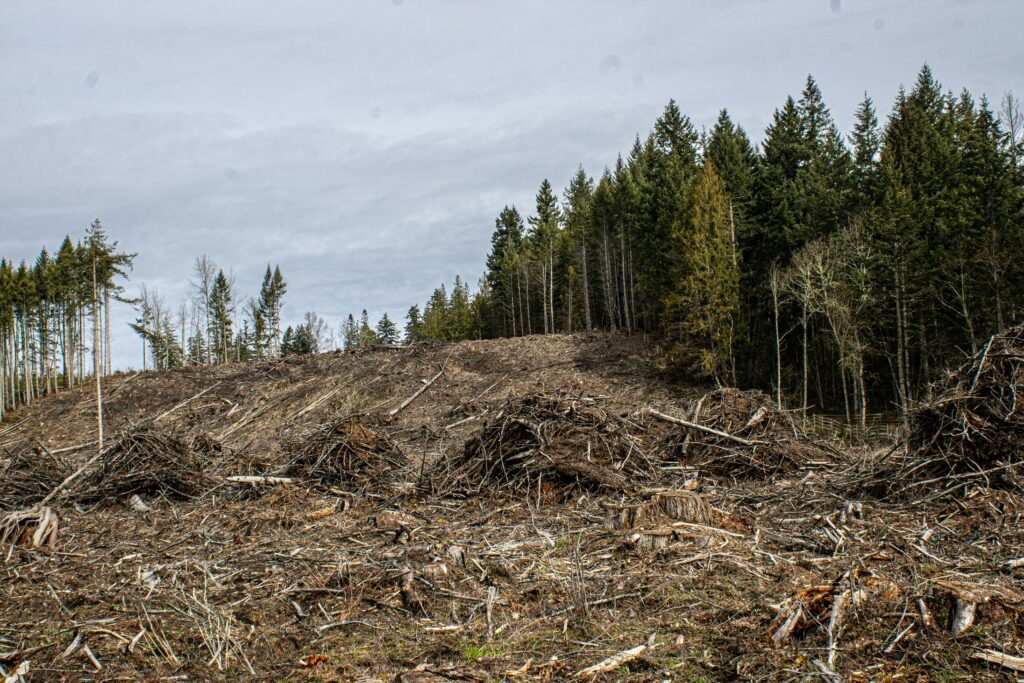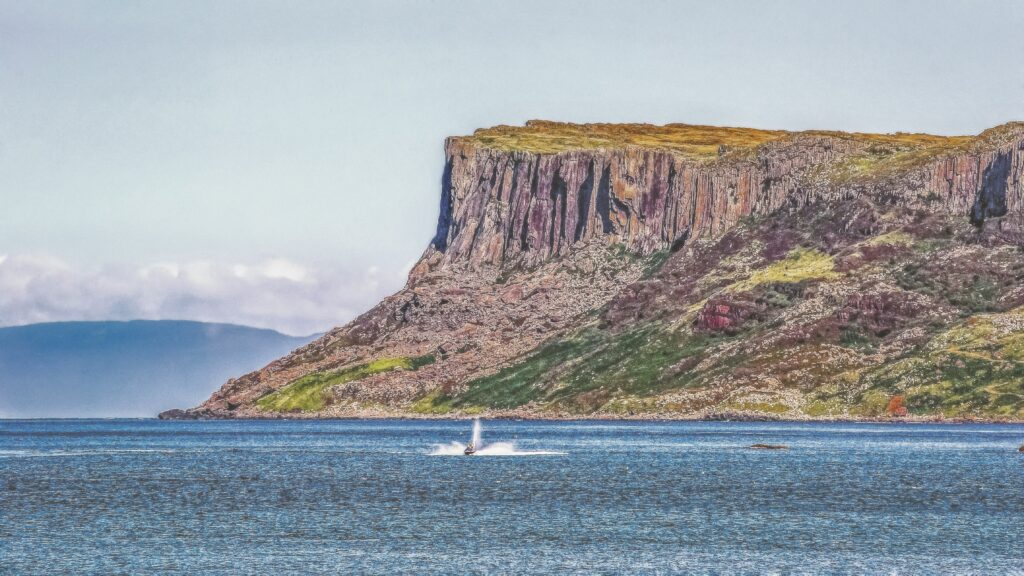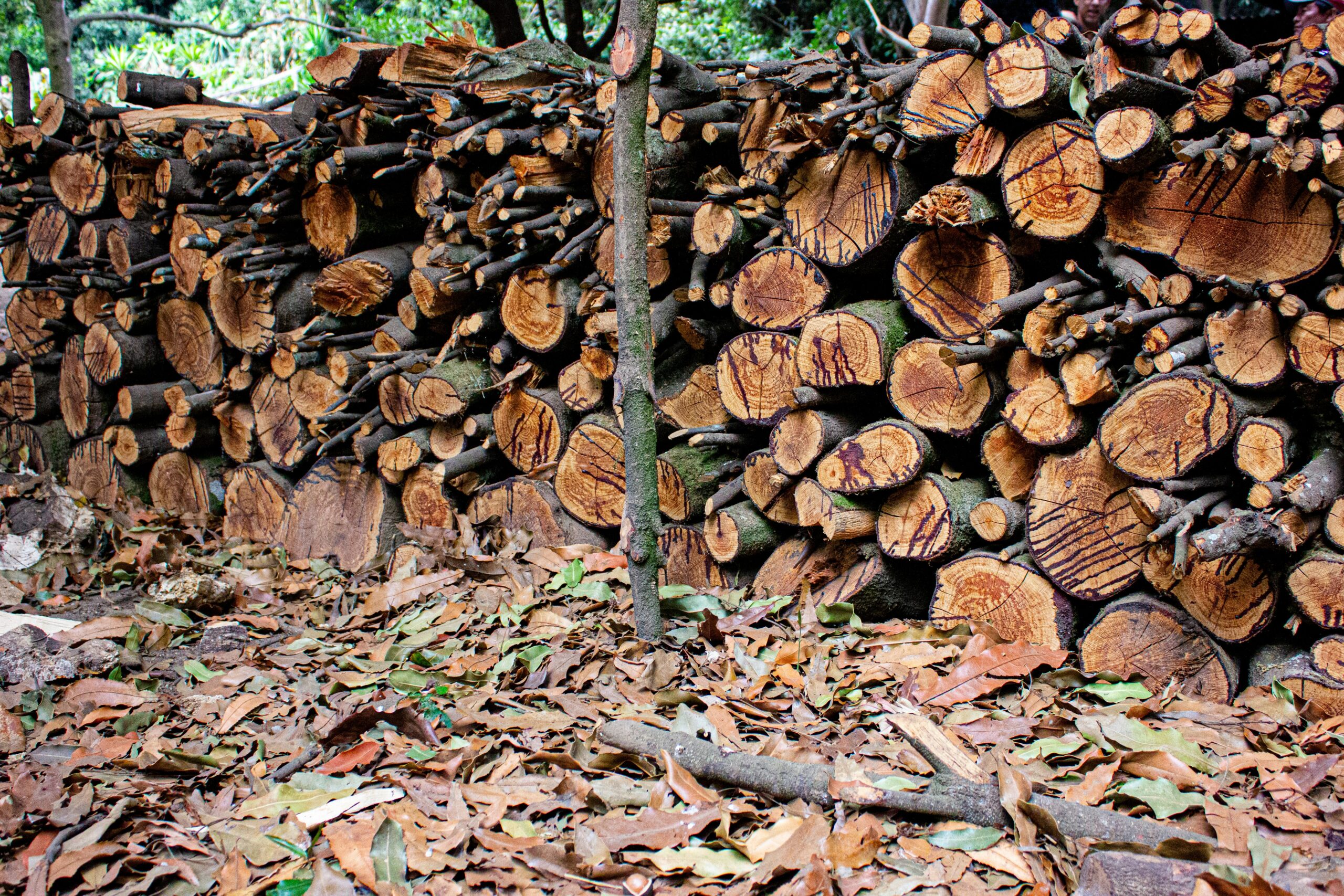Deforestation sounds like one of those issues you can care about from a distance. Like melting glaciers or endangered whales, it feels real, but also far away. After all, most of us don’t live in the Amazon or collect firewood from tropical trees. So how could forests that are thousands of miles away have anything to do with your groceries, your electricity bill, or even the next storm that hits your town?
The answer: more than you’d think. Let’s take a closer look at how deforestation is quietly reshaping your world – one tree, one chain reaction at a time.
Weather Is Getting Weirder, and Forests Have a Lot to Do With It
If your summers are hotter, your winters more unpredictable, or your rain seems to come in either floods or droughts, forests, or the lack of them, play a part.
Forests help regulate weather by recycling moisture. Think of them like living humidifiers. Trees release water vapor through their leaves, which eventually forms clouds and brings rain. When large areas are cleared, that entire system breaks down.
- Less transpiration = fewer clouds = less rain
- Dryer landscapes = more heat = longer droughts
- And with fewer trees to act as buffers, storms hit harder
Places like the Amazon don’t just make rain for South America, they help keep weather systems stable across the globe. Researchers have tracked changes in rainfall from Texas to Southeast Asia that can be traced back to forest loss halfway across the world.
So next time a flash flood catches your city off guard or a dry spell lingers a little too long, remember – it might start with a chainsaw thousands of miles away.
Groceries Depend on Rain That Forests Help Make
You probably don’t think about forests when you make your shopping list. But whether it’s coffee, chocolate, beef, or rice, much of what’s in your kitchen started in a region shaped by forests. When those forests are cleared, the local water cycle shifts. Rainfall in key farming regions begins to drop, and with it, the reliability of harvests. Crops grow weaker or fail entirely, not just from lack of rain but also from soil that’s been stripped of nutrients once held in place by tree roots. Extreme weather becomes more common, and when storms do come, they’re often too intense, damaging plants instead of helping them grow.
Even livestock operations start to feel the pressure. In places like Colombia and Brazil, deforestation has already affected irrigation so severely that farmers are struggling to find enough water for their fields and animals. That strain translates into higher food prices, more fragile supply chains, and in many cases, further deforestation as people try to open up new land just to maintain output. So if you’ve noticed your grocery bill creeping up, part of that story might be written in the forest.
The Air Is Less Clean Without Forests
We often hear forests called the “lungs of the Earth.” That’s only half true. They don’t make most of our oxygen (that’s plankton), but they are crucial for cleaning the air. Forests:
- Absorb carbon dioxide
- Filter pollutants
- Keep dust levels down by anchoring the soil
When forests are cleared, especially by burning, they release tons of stored carbon and kick up dangerous particles into the air. This doesn’t just affect air quality locally. Fires in Indonesia, for example, have sent smoke and haze across multiple countries.
In cities already struggling with smog, deforestation acts like adding fuel to the fire.

Disease Risks Are Rising as Forests Disappear
If the last few years have made one thing clear, it’s that health threats don’t need passports. They travel fast, they cross continents, and they often begin in places most of us never think about, like deep inside tropical forests. And while disease outbreaks may seem like a public health issue, they’re increasingly tied to something else: deforestation.
When forests are cleared, people push further into wild land for agriculture, logging, or infrastructure projects. In doing so, they come into close contact with animals that carry viruses we’ve barely studied,or in some cases, have never seen before. These are species that evolved in isolation, within complex ecosystems that kept their pathogens mostly contained. Once those ecosystems are disrupted, that natural separation disappears.
The process is rarely dramatic at first. A hunter, a logger, or a road crew may unknowingly get exposed to a virus through a scratch, a bite, or contaminated water. It might stay local for a while. But without solid medical infrastructure, detection is slow and containment is difficult. Before long, that pathogen may reach nearby towns, then cities, and eventually airports.
This is how diseases like Ebola, dengue, malaria, and other zoonotic illnesses have gained new ground. The connection isn’t just theoretical. Deforested areas create ideal breeding grounds for mosquitoes, especially in the stagnant water left behind by heavy machinery and road building. At the same time, the loss of predators and changes in temperature make it easier for disease-carrying insects and animals to spread.
What starts as a local land-clearing project can quickly turn into a regional health crisis. And because we live in a connected world, those outbreaks don’t stay in the forest. They find their way to places far removed from the original source, sometimes within days.
So no, you don’t have to live anywhere near a rainforest to be affected. Forest loss doesn’t just shift ecosystems. It opens the door to health risks that were once locked away.
Wallet Feels the Cost (Even If You Don’t Realize It)
There’s a misconception that deforestation is good for the economy. It might look that way on paper – more farmland, more exports, more jobs, but the damage it causes often outweighs the gains.
For example:
- Soil erosion destroys farmland, forcing farmers to clear more forest or import fertilizer
- Sediment clogs dams and hydro plants, reducing power generation
- Loss of ecotourism kills off long-term revenue streams
- Flood repairs and storm recovery cost governments billions
And yes, your taxes, your utility bills, and your grocery costs all quietly reflect that.
It’s Also a Cultural Loss – One That Doesn’t Make Headlines
Forests aren’t just green spaces on a satellite map or resources to be managed. For many Indigenous communities, they are home in the deepest sense of the word. The forest is where language is spoken, stories are passed down, medicines are gathered, and traditions are lived, not studied. It’s a place where identity is rooted, and where survival and culture are intertwined.
When those forests are cleared, the loss isn’t just environmental. It’s personal. People are often forced off land their families have lived on for generations. The plants and animals they’ve relied on for healing, nourishment, and spiritual rituals vanish. Oral histories, many of which are never written down, fade as the places that gave them meaning are destroyed. Languages tied to the landscape begin to disappear with no one left to speak them in context.
And this isn’t just about honoring the past. What’s often overlooked is how much of the future we risk losing too. Many Indigenous communities practice farming techniques, forest stewardship, and biodiversity protection methods that the modern world is only beginning to understand. Their ways of living aren’t relics – they’re real-world examples of sustainability that we may need more than ever.
But once those forests are gone, the cultures that understand them best often go with them. And no international summit or conservation grant can fully restore what was lost.
Natural Disasters Get Worse Without Forest Cover
Forests act like quiet protectors. Most of the time, you barely notice the work they’re doing because things just seem stable. But once that cover disappears, so does the safety net. What used to be normal rain can suddenly turn into a flash flood. Gentle hillsides start giving way. Roads buckle and washouts become routine.
That’s because forests aren’t just scenery – they physically hold things together and slow destructive forces down. Here’s what they do in the background:
- Prevent landslides by holding soil in place on slopes
- Slow down floodwaters during heavy rains
- Stabilize coastlines and riverbanks
- Reduce wind speed during storms
Each of these roles becomes critical when a storm hits. Roots grip soil like rebar in concrete, keeping it from sliding. Thick vegetation interrupts the flow of water, breaking its speed before it floods towns. Tree trunks and roots absorb energy, act as barriers, and minimize damage long before the first emergency crew shows up.
Without those defenses in place, the effects stack quickly. Heavy rain turns into flash floods. Roads collapse. Powerlines fall. And the cost of rebuilding keeps rising – especially as climate extremes become more frequent. Deforestation doesn’t just remove trees. It removes the systems that helped people stay safe.

Even the Ocean Feels the Impact
At first glance, forests and oceans might seem like two separate worlds. But the connection between them runs deep. When forest cover is removed, soil becomes unstable. It washes into rivers, and those rivers carry sediment all the way to the sea – where it starts causing a chain reaction that’s tough to reverse.
Here’s what that sediment runoff leads to:
- Smothered coral reefs that can’t photosynthesize
- Cloudy coastal waters that disrupt fish breeding
- Loss of mangrove forests, which protect shorelines and fish nurseries
Each of these consequences takes a toll on marine life and the people who rely on it. Coral reefs struggle to survive under thick layers of sediment, cutting off oxygen and light. Fish lose their safe breeding grounds. And coastal areas that were once protected by mangrove forests become more vulnerable to erosion, storms, and rising sea levels.
This isn’t just about biodiversity in theory. It’s about fisheries that feed entire regions, tourism industries that keep small economies afloat, and the delicate balance of ecosystems that connect land to sea. Whether you live near a rainforest or not, the ripple effects reach far – even as far as the coastline.
So, What Can You Actually Do About It?
Big problems like deforestation can feel way too massive to tackle. But here’s the truth: you’re already part of the system that shapes them. The food in your pantry, the paper you use, even your morning coffee – these are all tied to global supply chains that either protect forests or chip away at them.
And while not everything is in your hands, plenty still is. A few smart choices can make a dent. Here’s where to start:
- Check for deforestation-free or certified sustainable labels: Especially on products like palm oil, coffee, beef, chocolate, and paper. These labels aren’t just for show – they reflect real sourcing practices that impact forests directly.
- Support reforestation and Indigenous land rights initiatives: Groups working on the ground often need funding, attention, and policy backing. Even small donations or spreading awareness makes a difference.
- Push for corporate transparency in supply chains: Companies are under more pressure now to show where their raw materials come from. Ask questions, read reports, and favor brands that disclose their sourcing.
- Stay aware of how environmental decisions in one country affect others: Forest loss is rarely local in its effects. What happens in the Amazon or Congo Basin can shift global weather patterns, crop yields, and even health risks worldwide.
The EU Deforestation Regulation (EUDR) is one of the clearest examples of what systemic change can look like. It requires companies that sell products like coffee, cocoa, soy, palm oil, and wood in the EU to prove those goods are deforestation-free. No proof, no access. That kind of regulation doesn’t just raise the bar – it forces entire industries to rethink how they source, track, and report. And even if you don’t live in the EU, these rules have ripple effects across global supply chains.
You don’t have to overhaul your entire life. You don’t have to get it perfect. You just have to stay curious, pay attention, and act where you can. Every shift counts – especially when enough people do it at the same time.

Tool That Help Prevent More Forest Loss
The impacts of deforestation don’t just show up in weather forecasts or food prices – they’re tied into how global trade actually works. If companies don’t know where their raw materials come from, forest loss continues unchecked. That’s where solutions like Zgodność z EUDR come in.
We believe fighting deforestation means giving businesses better tools to stay accountable. Our platform helps companies meet EU Deforestation Regulation (EUDR) standards by automating the hard parts – monitoring, satellite-based tracking, compliance reports. Instead of getting buried in paperwork or relying on vague supplier claims, companies can prove where their products come from and whether forests were cleared to make them. The ripple effect? Less room for deforestation to hide in the supply chain. And that’s a win for forests, climate, and all of us down the line.
Wnioski
Deforestation isn’t something happening far away that we can ignore. It’s already showing up in our weather patterns, our food systems, our health risks, and even the cost of living. And while forest loss might feel invisible on a day-to-day level, the consequences build over time until they hit home – sometimes literally.
That’s why EUDR and other regulatory efforts matter. They aren’t just paperwork. They’re about finally closing the gap between global trade and environmental responsibility. Forests shouldn’t be treated like someone else’s problem, and now they don’t have to be.
Często zadawane pytania
Why does deforestation affect areas far from where it actually happens?
Because forests don’t just serve the places where they grow. They regulate moisture and temperature on a massive scale. Clearing trees in one region can disrupt rainfall, raise temperatures, or shift wind patterns thousands of miles away. It’s a global system – everything’s connected, whether we see it or not.
What does deforestation have to do with food prices?
More than you might think. Forests help maintain the water cycles that crops rely on. When forests disappear, rainfall drops, soil quality declines, and farming becomes harder. That leads to poor harvests, which ripple into supply shortages and price spikes in grocery stores everywhere.
Isn’t deforestation mostly from illegal logging?
That’s part of it, but not the whole story. A lot of forest loss comes from legal agricultural expansion, especially for commodities like palm oil, soy, and beef. The bigger issue is weak oversight and lack of traceability – many companies can’t say for sure where their materials came from, or what land had to be cleared to get them.


